Drilling fluid centrifuge
Drilling fluid centrifuge Model LW450×1250-N for separation of detrital material of drilling muds is widely used in solid control system for drilling mud to separate the solids phase of mud, remove harmful fine drill solids such as debris, etc. in the mud fluid, or recover weighting materials such as barite etc. so as to reduce the cost of mud fluid.
Model LW450×1250-N centrifugeswith line frequency control system are split into model N1, model N2 and model N3 based on the rated speed of the bowl, respectively representing the rated speed of 1800r/min, 2000r/min and 2200r/min. In addition, centrifuges with variable frequency control system are available.
Parameters
| Technical parameters | Unit | Parameter |
| Max. rotation speed of bowl | r/min | 2800 |
| Differential speed of conveyor | r/min | 35 |
| G-force | 1575 | |
| D50 | μm | 3-5 |
| Max. throughput
(specific gravity <1.1) |
m3/h | 60 |
| Main motor model | YB225S–4 | |
| Main motor power | kw | 37 |
| Auxiliary motor speed | r/min | 1470 |
| Auxiliary motor power | YB160M–6 | |
| Auxiliary motor power | kw | 7.5 |
| Auxiliary motor speed | r/min | 970 |
| Overall dimension | mm | 2767X1697X1515 |
| Overall weight
(including feed pump) |
kg | 2525 |
Explosion protection mark: ExdⅡBT4Relative humidity of ambient air: ≤95%Ambient temperature: -20°C~+50°C3. Drill Cuttings Centrifuge Circumstance Conditions
Corrosive environment: No active gas or steam that will destroy the metal
Degree of electrical protection: IP54
Drawings

Working principle

When the drilling fluid is continuously fed from the feed pipe, it enters the bowl from the feed hole, and the bowl rotates at a high speed; under the action of the differential, the auger rotates at a speed slightly lower than that of the bowl. It forms a separation-conveying mechanism with a certain differential speed and high-speed rotation in the same direction with the screw pusher.
Under the action of centrifugal force hundreds or even thousands of times greater than gravity, an annular liquid pool is formed in the rotating bowl. Due to the difference in specific gravity between the solid phase and the liquid phase, the solid particles settle to the inner wall of the rotating bowl to form sludge. Under the relative movement of the blade and the rotating bowl, the sediment is pushed to the small end of the rotating bowl and discharged from the slag discharge hole. The clarified liquid phase of the inner ring is discharged through the overflow hole through the spiral channel, so as to realize the continuous separation of solid and liquid production process.
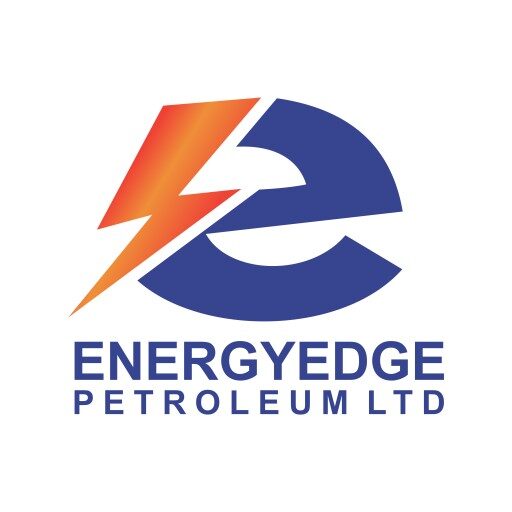
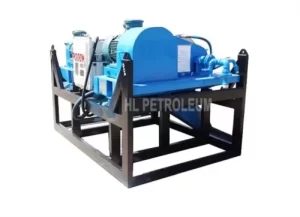
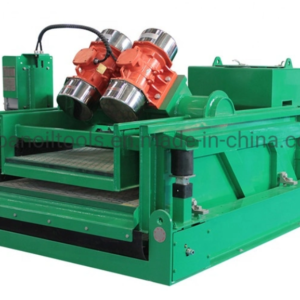
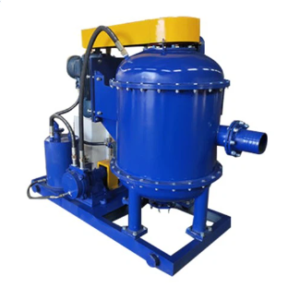
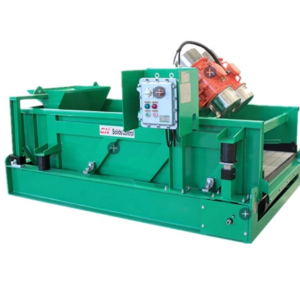
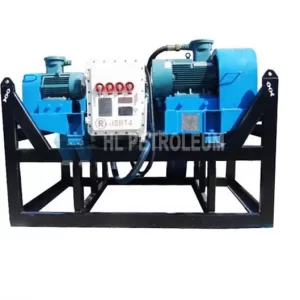
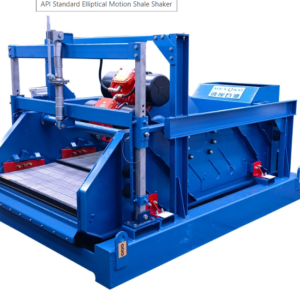
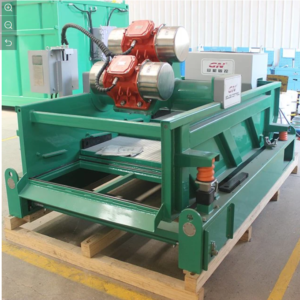
Reviews
There are no reviews yet.